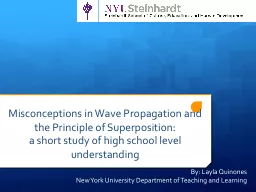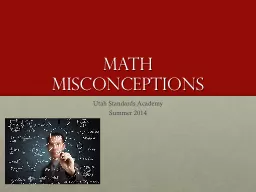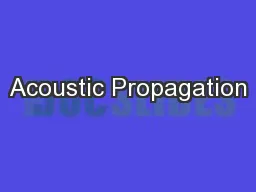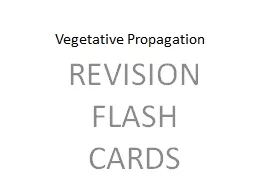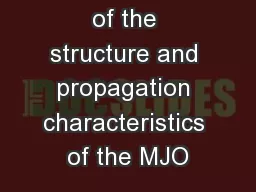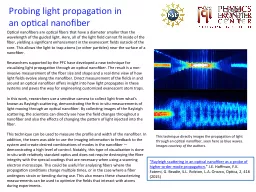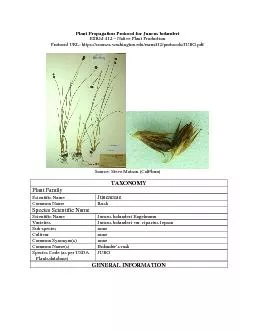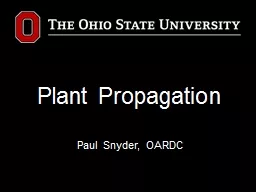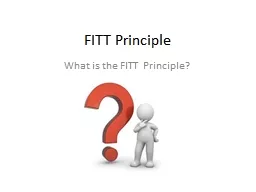PPT-Misconceptions in Wave Propagation and the Principle of Su
Author : tatyana-admore | Published Date : 2016-11-20
a short study of high school level understanding By Layla Quinones New York University Department of Teaching and Learning Background Information Studies have shown
Presentation Embed Code
Download Presentation
Download Presentation The PPT/PDF document "Misconceptions in Wave Propagation and ..." is the property of its rightful owner. Permission is granted to download and print the materials on this website for personal, non-commercial use only, and to display it on your personal computer provided you do not modify the materials and that you retain all copyright notices contained in the materials. By downloading content from our website, you accept the terms of this agreement.
Misconceptions in Wave Propagation and the Principle of Su: Transcript
Download Rules Of Document
"Misconceptions in Wave Propagation and the Principle of Su"The content belongs to its owner. You may download and print it for personal use, without modification, and keep all copyright notices. By downloading, you agree to these terms.
Related Documents

